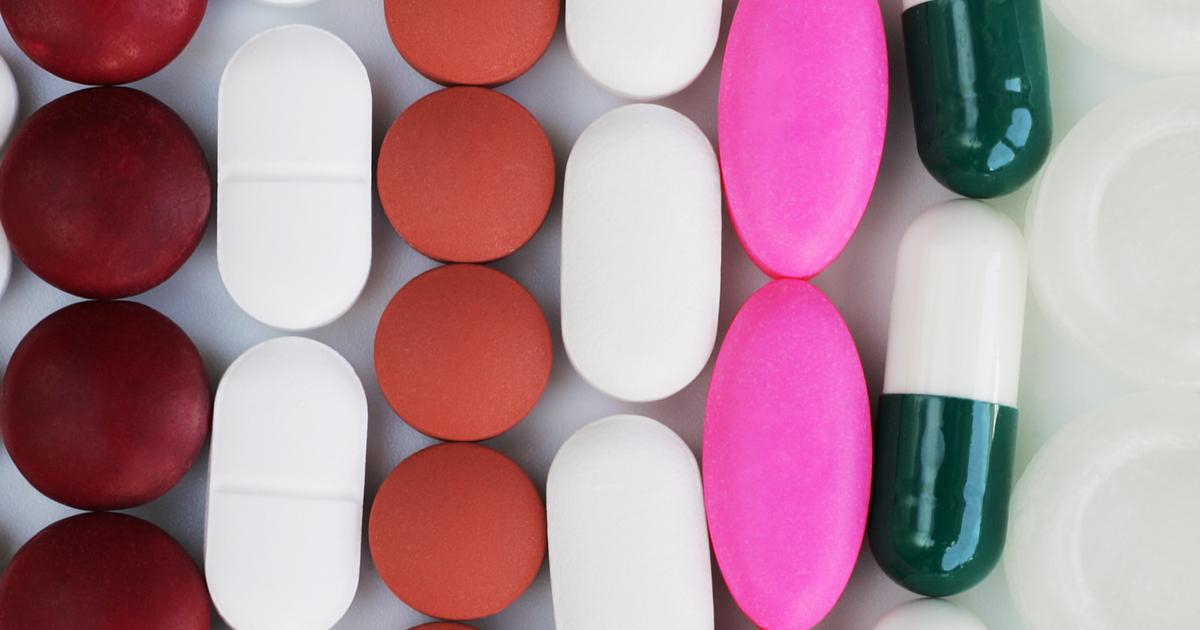Guide To Major Acute Renal Failure Treatments
Fluid Control

Part of a patient's kidney failure may be not enough fluid in the bloodstream, meaning they are dehydrated. When this is the case, affected individuals will have dark-colored urine, which means their kidneys are retaining liquids to keep their body performing normal activities. Alternatively, individuals may have too much water in their body. Specifically, patients may have too much fluid in their bloodstream, and their kidneys may be unable to catch up to the demand. Key signs of this are swelling in the arms and legs. Depending on which side of the coin a patient is on, their doctor could administer an IV of fluids or recommend prescriptions such as diuretics.
Diet Control

To assist with the overall recovery, doctors may recommend changes in diet. The three most important areas a doctor will concentrate on for renal failure patients are phosphorus, salt, and potassium. Once the patient's kidneys fully recover, they may not need a special diet and can return to normal eating habits, though they should work with a dietitian to determine if they need to limit different types of food. Individuals can expect to limit bananas, potatoes, and tomatoes for the potassium concern; fast food and other convenience foods for the salt concern; and milk, cheese, and dried beans for the phosphorus concern. While an individual's kidneys are considered unhealthy, they may also have to count the grams of protein they ingest, especially if their body is holding too much calcium in it.
